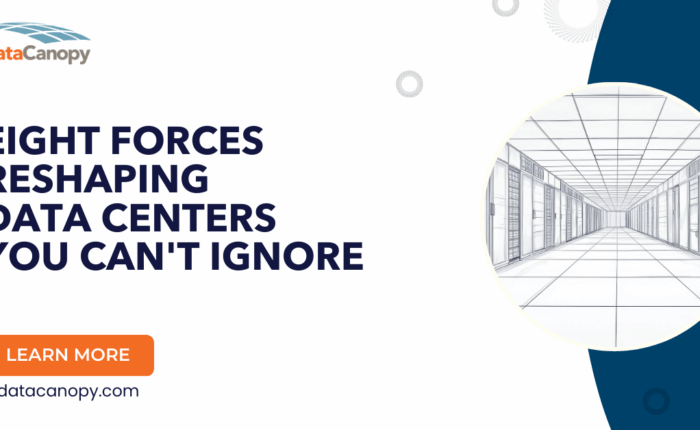When Nvidia CEO Jensen Huang suddenly declares that “quantum computing is reaching an inflection point,” the entire tech industry should take notice. This marks a dramatic shift from his previous stance that practical quantum applications might be 15-20 years away.
Something fundamental has changed.
The quantum inflection point Huang describes isn’t just theoretical. It’s driving real market movements, with quantum computing stocks surging and new partnerships forming across the ecosystem.
But amid all the excitement about qubits, algorithms, and potential use cases, a critical question remains largely unaddressed: Where will these revolutionary systems actually live?
The Overlooked Infrastructure Question
The quantum computing conversation typically revolves around the quantum hardware itself. How many qubits? What’s the coherence time? Which quantum gate architecture?
These are important questions. But they skip past a fundamental reality: quantum systems don’t exist in isolation.
The future of quantum computing isn’t purely quantum at all. It’s hybrid.
Nvidia understands this reality. Their CUDA-Q platform now enables hybrid quantum-classical computing with up to 2500X speedup over CPU for quantum algorithms. This hybrid approach represents the practical path forward.
But hybrid quantum-classical systems create unique infrastructure challenges that few are prepared to address.
Why Data Centers Are the Critical Missing Link
Quantum-classical hybrid computing requires specialized infrastructure with capabilities that go beyond traditional data center designs:
Extreme power density. Quantum control systems and the classical computing resources that interface with quantum processors demand unprecedented power density in adjacent racks.
Ultra-precise environmental controls. Quantum systems require extraordinarily stable environments with tightly controlled temperature, humidity, and electromagnetic interference protection.
Low-latency interconnects. The communication between quantum and classical resources must be nearly instantaneous, requiring specialized networking infrastructure.
Regulatory compliance. As quantum computing tackles problems in healthcare, finance, and government, the infrastructure must meet rigorous compliance standards.
Standard data centers simply weren’t built for this reality.
The Quantum-Ready Data Center
As IBM works toward building the world’s first large-scale fault-tolerant quantum computer by 2028, the race to develop quantum-ready infrastructure is accelerating.
The data centers that will power the quantum revolution share key characteristics:
High-density GPU capabilities. The classical computing side of quantum-classical systems relies heavily on GPU acceleration for quantum circuit simulation and algorithm development.
Flexible power architectures. As quantum systems evolve rapidly, infrastructure must adapt to changing power requirements without massive retrofitting.
Enterprise-grade security with accessibility. Quantum computing resources must be both highly secure and accessible to researchers and developers without excessive barriers to entry.
Scalable footprints. Early quantum deployments may start small but need room to grow as the technology matures.
Bridging the Quantum Infrastructure Gap
At Data Canopy, we’ve been preparing for this inflection point by developing high-density colocation environments specifically designed for next-generation computing workloads.
Our approach to quantum-ready infrastructure focuses on three key principles:
Right-sized deployments. Quantum-classical hybrid systems don’t need to start with massive footprints. They need the right infrastructure configuration that can scale appropriately.
Compliance-first design. As quantum computing tackles problems in regulated industries, the underlying infrastructure must meet stringent compliance requirements from day one.
Partner ecosystem integration. No single provider will dominate the quantum computing landscape. Infrastructure must support seamless integration with multiple quantum and classical computing partners.
Preparing for the Quantum Future Today
The quantum computing inflection point Huang describes isn’t some distant future. It’s unfolding now, with practical applications emerging faster than many anticipated.
Organizations exploring quantum computing need infrastructure partners who understand both the promise and the practical realities of this technology shift.
The foundation for quantum computing success isn’t just about the quantum technology itself. It’s about creating the right infrastructure environment where quantum-classical hybrid systems can thrive.
As we stand at this inflection point, one thing becomes clear: the organizations that prepare their infrastructure foundations today will be best positioned to harness quantum advantages tomorrow.
The quantum future needs more than just better algorithms and stable qubits. It needs the right foundation to build upon.



